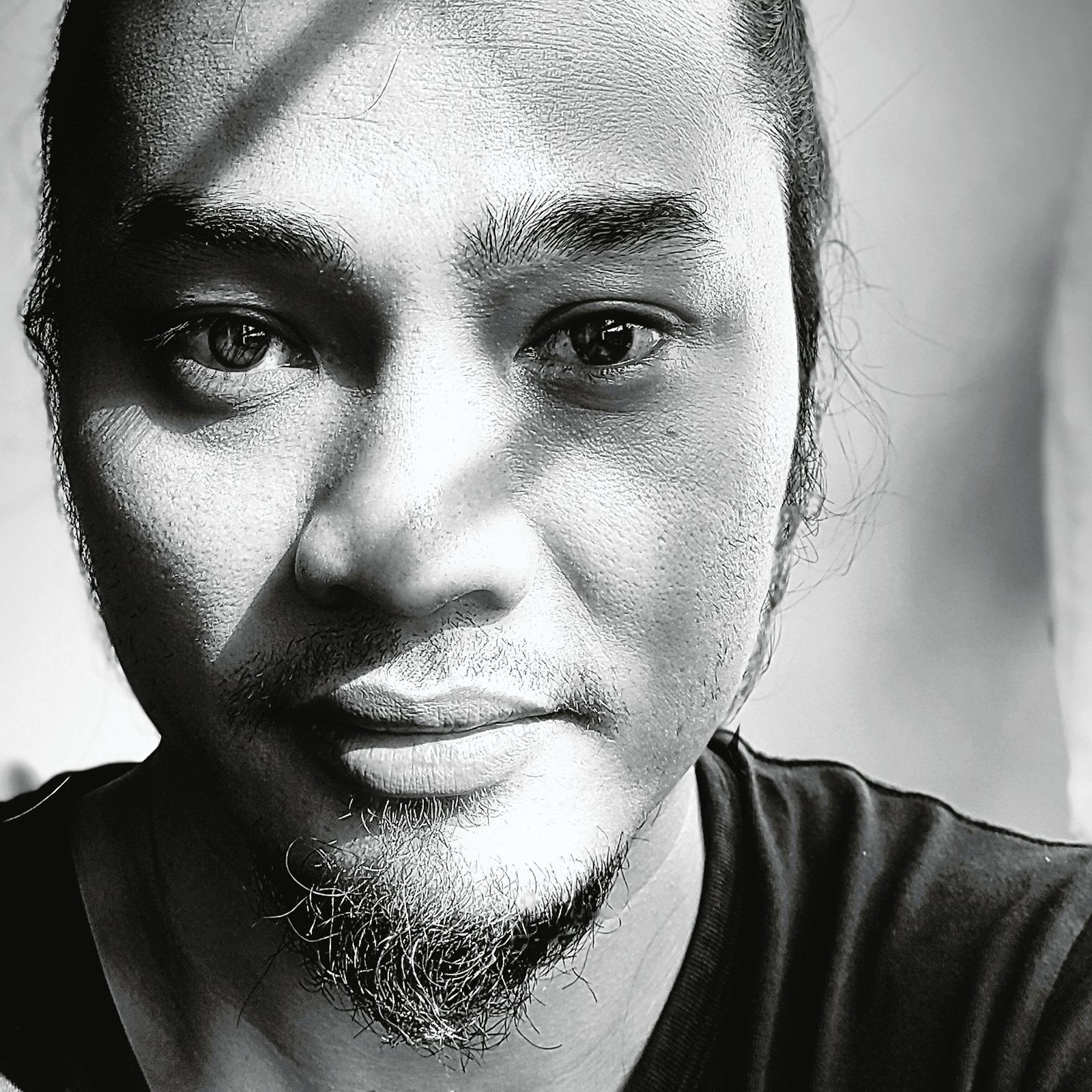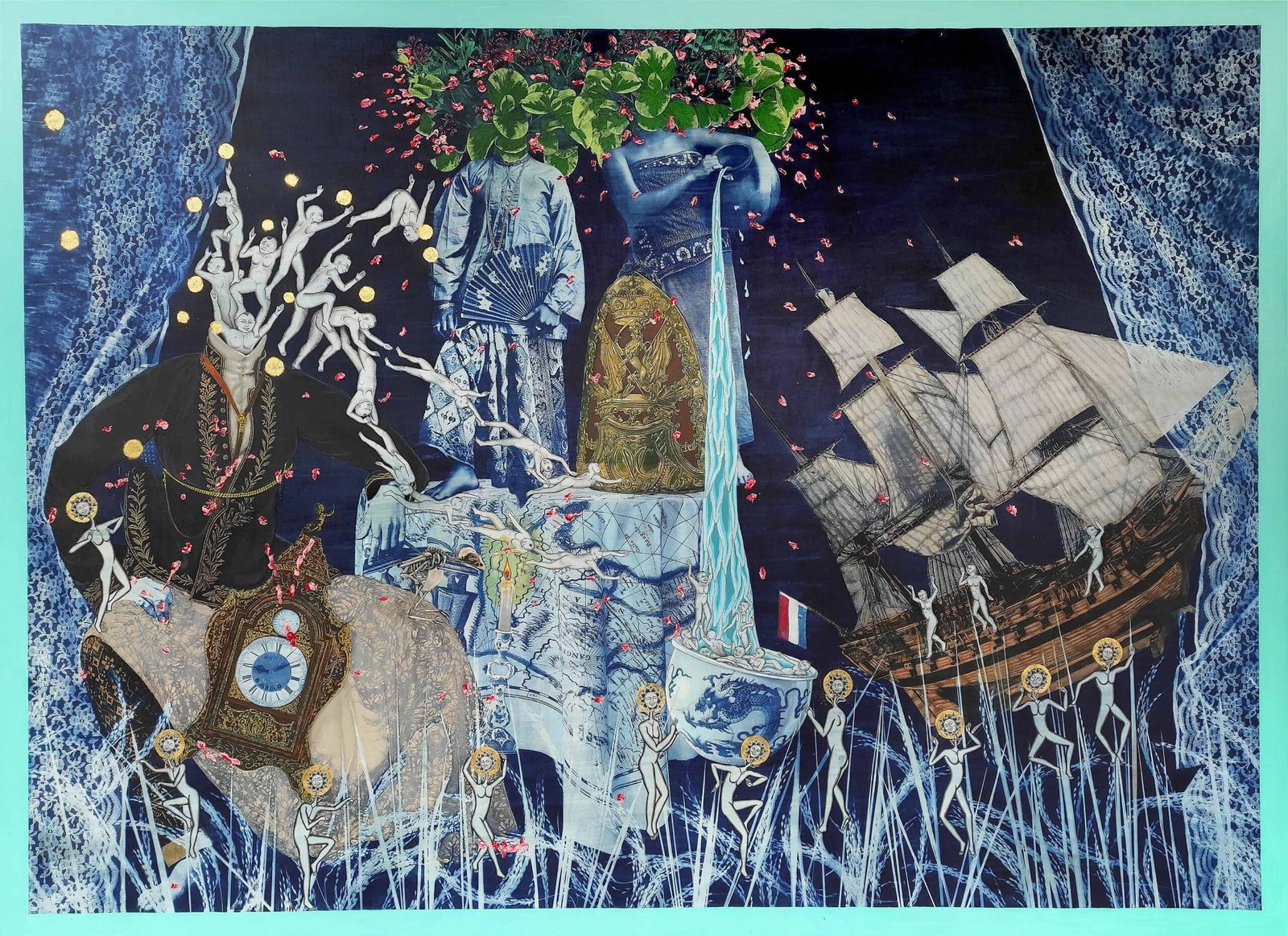Biografi Singkat
Biografi Singkat

Budi Agung Kuswara
Budi Agung Kuswara lahir di Sanur, Bali, pada 1982. Sebagai seniman kontemporer yang bekerja secara individual, ia telah menyajikan karya-karyanya secara internasional melalui dan pada Mizuma Gallery; Asia Now di Paris; Asian Civilization Museum, NUS Museum dan National Gallery di Singapura. Ia juga telah menjadi seniman musiman di berbagai tempat, misalnya Fukuoka Asian Art Museum di Jepang; TAKSU di Kuala Lumpur; dan Bamboo Curtain Studio di Taipei.
Di samping kiprahnya sebagai seniman individual, ia mendirikan Ketemu Project, organisasi terlibat dalam berbagai proyek yang menghubungkan seni dan masyarakat, termasuk sejumlah program residensi. Salah satu program penting Ketemu adalah Schizofriends Art Movement, yang dipimpin Budi bersama psikiater I Gusti Rai Putra Wiguna, untuk mendukung para penyandang skizofrenia. Dalam kaitan ini, mereka mendirikan Rumah Berdaya Denpasar, pusat rehabilitasi psikososial yang pertama di Bali, yang bekerja dengan jalan seni dan kreativitas.
Pameran-pameran solo Budi Agung Kuswara adalah, antara lain, Residual Memory (2021) di Mizuma Gallery, Singapura; Repose: Under the Sun (2023) di Kiniko Art Room, Yogyakarta; Tiba Anak Cucu (2924) di The Back Room, Kuala Lumpur. Karya-karyanya juga telah tampil dalam berbagai pameran bersama, antara lain ARTJOG 2022: Arts in Common: Expanding Awareness di Jogja National Museum, Yogyakarta; Facing the Sun (2021), Kristin Hjellegjerde Gallery, di Klessen-Goerne (Jerman); dan Art Bali 2019: Speculative Memories, di Nusa Dua, Bali.
Budi Agung Kuswara menamatkan studinya di Institut Seni Indonesia (ISI) Yogyakarta pada 2009. Karya-karyanya telah dikoleksi oleh, antara lain, National University (NUS) Museum, Singapore; Museum Azman, Shah Alam, Malaysia; Singapore Art Museum; Tumurun Private Museum, Surakarta; Fukuoka Asian Art Museum, Jepang.
Karya Seni
Deskripsi Karya
Kuswara is inspired by the local Kamasan paintings that traditionally decorate the island’s temples and the houses of the aristocracy. However, diverging from traditions, Kuswara inverts the narrative of heroism that is often the main subject to challenge the colonial history and cultural identity of Indonesia. The iconography of his prints leverages, in fact, on the depiction of colonial objects reinvented and misplaced into European settings, as well as historical figures such as Sir Stamford Raffles in conversation with local Indonesian characters. Most of the artist’s visual references are from the digital archives of the 18th and 19th century documents and material, which are reinterpreted by the cyanotype printing method. Literally meaning dark blue (kuáneos) and mark or impression (túpos), derived from ancient Greek, the cyanotype is a slow-reacting, photographic printing formulation sensitive to ultraviolet light. Now commonly called blueprint, the cyanotype was discovered by Sir John Herschel in 1842 and mostly used for the studies of specimens. In Kuswara’s work, the adoption of cyanotype as his medium on one hand relates to its function to record “the other” in colonial voyages, and on the other adopts the exposure to light as a way to transfer the digital data of the archival images back into an analogue form, alluding to the re-examination and exposure of historical truth.

